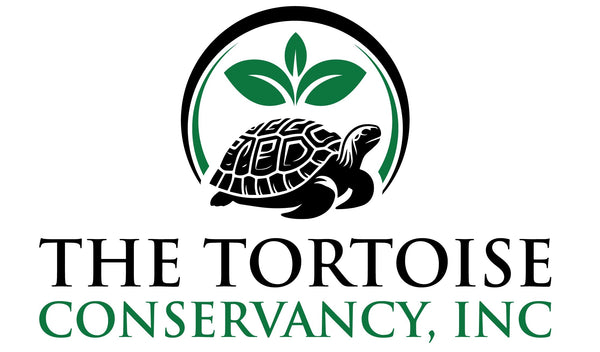
How to Create a Gopher Tortoise-Friendly Garden
Share
How to Create a Gopher Tortoise-Friendly Garden |
Homeowners can play a significant role in gopher tortoise conservation by creating tortoise-friendly gardens. By planting native vegetation, providing open spaces, and avoiding pesticides, you can create a safe and nourishing environment for gopher tortoises.
Planting Native Vegetation: Native plants are essential for creating a gopher tortoise-friendly garden. These plants provide the necessary food and shelter that tortoises need to thrive. Some examples of native plants that gopher tortoises favor include wiregrass, gopher apple, and prickly pear cactus. Incorporating a variety of native grasses, herbs, and shrubs will ensure a diverse and abundant food supply for tortoises.
Providing Open Spaces: Gopher tortoises prefer open, sunny areas for basking and foraging. When designing your garden, include open spaces with minimal tree cover. This allows tortoises to regulate their body temperature and move freely. Creating pathways and clearings will make it easier for tortoises to navigate your garden.
Avoiding Pesticides: Pesticides and herbicides can be harmful to gopher tortoises and other wildlife. Avoid using chemical treatments in your garden and opt for natural pest control methods instead. Encouraging beneficial insects, such as ladybugs and praying mantises, can help manage pest populations without harming tortoises.
Creating Shelter: Providing shelter is crucial for gopher tortoises, especially in urban and suburban areas. You can create artificial burrows by digging shallow pits and placing logs or stones over them. These shelters mimic natural burrows and offer a safe place for tortoises to rest and escape extreme temperatures.
Water Sources: While gopher tortoises primarily obtain water from the plants they eat, providing a shallow water source in your garden can be beneficial. A small, shallow dish filled with fresh water will help tortoises stay hydrated, especially during dry periods. Be sure to keep the water source clean and change it regularly to prevent the spread of disease.
Education and Awareness: Educating your neighbors and community about gopher tortoises and their needs can help create a supportive environment for conservation efforts. Sharing information about the importance of native plants and tortoise-friendly practices encourages others to take action. Hosting workshops or garden tours can also raise awareness and inspire others to create tortoise-friendly gardens.
By making these simple changes in your landscaping practices, you can create a welcoming habitat for gopher tortoises and contribute to their conservation. Your efforts can help ensure that these fascinating reptiles continue to thrive in their natural environment.
